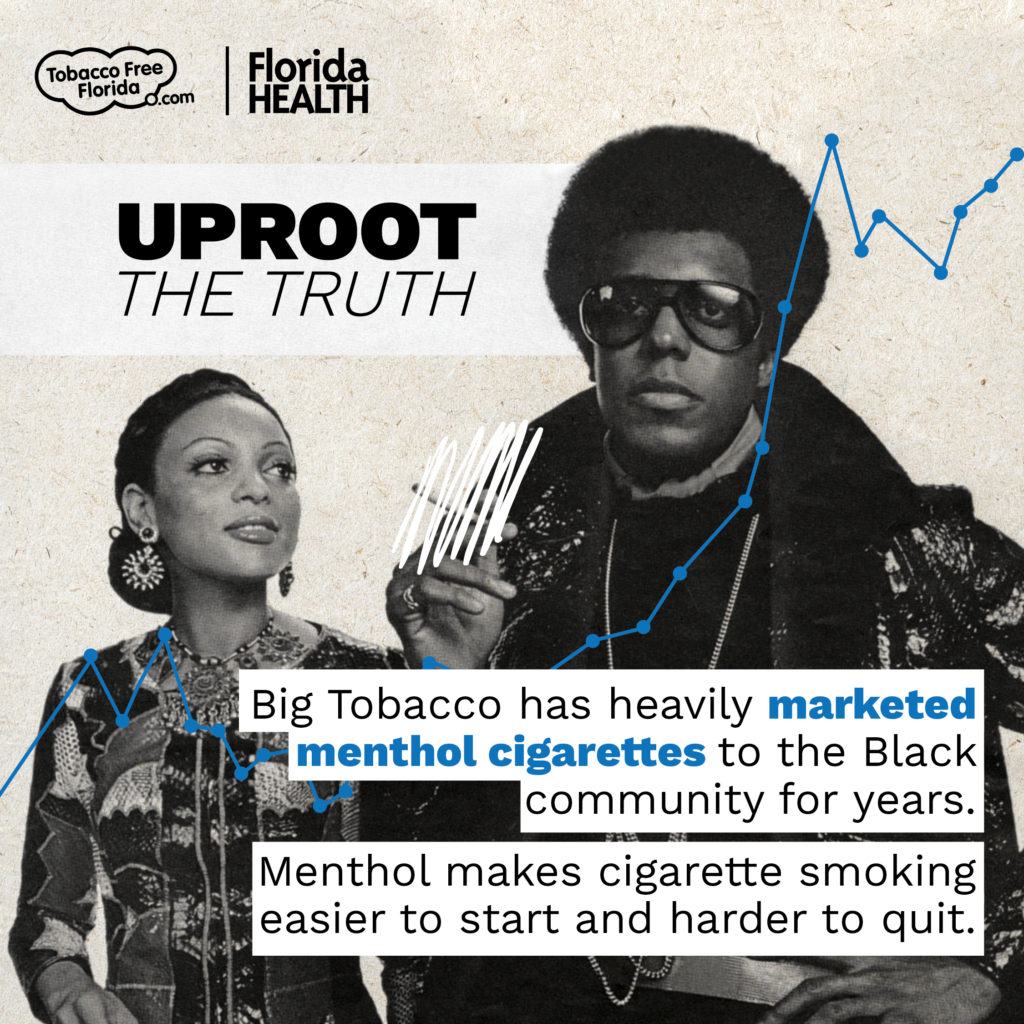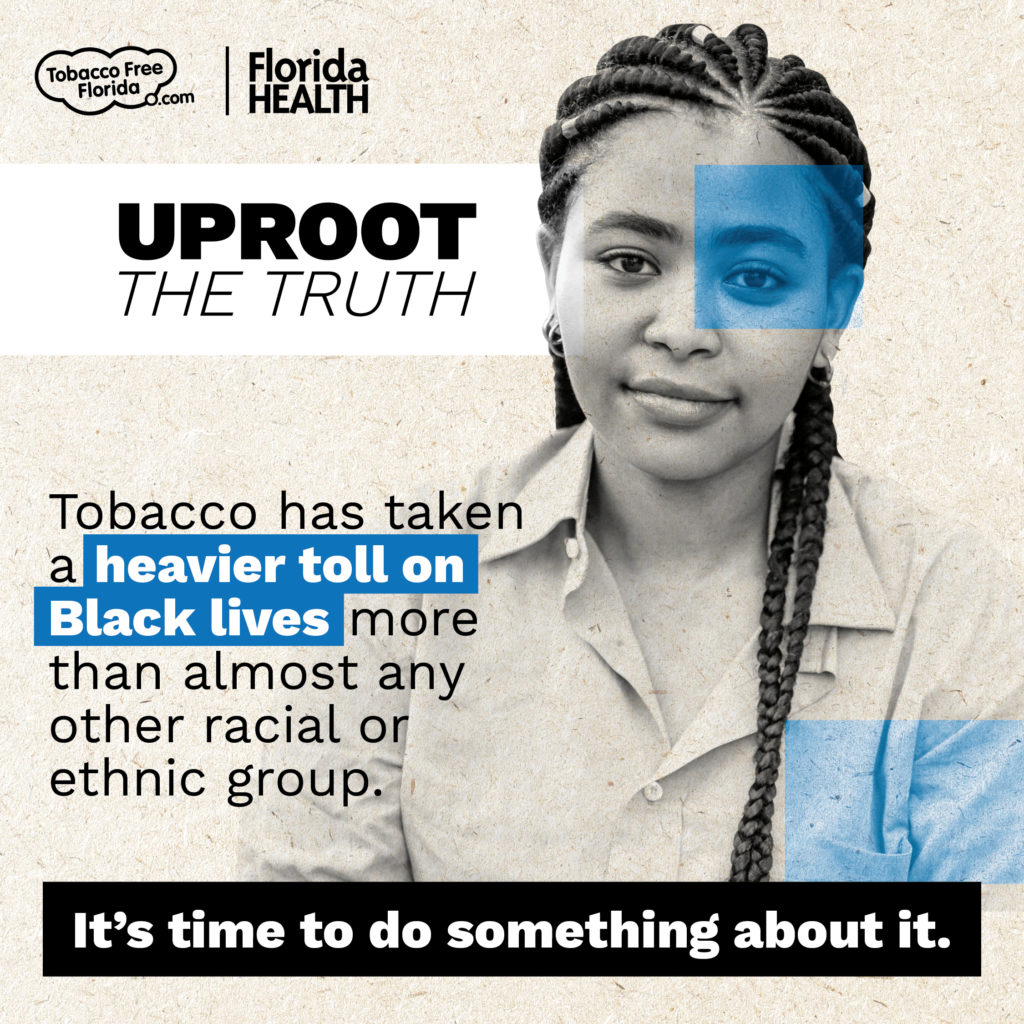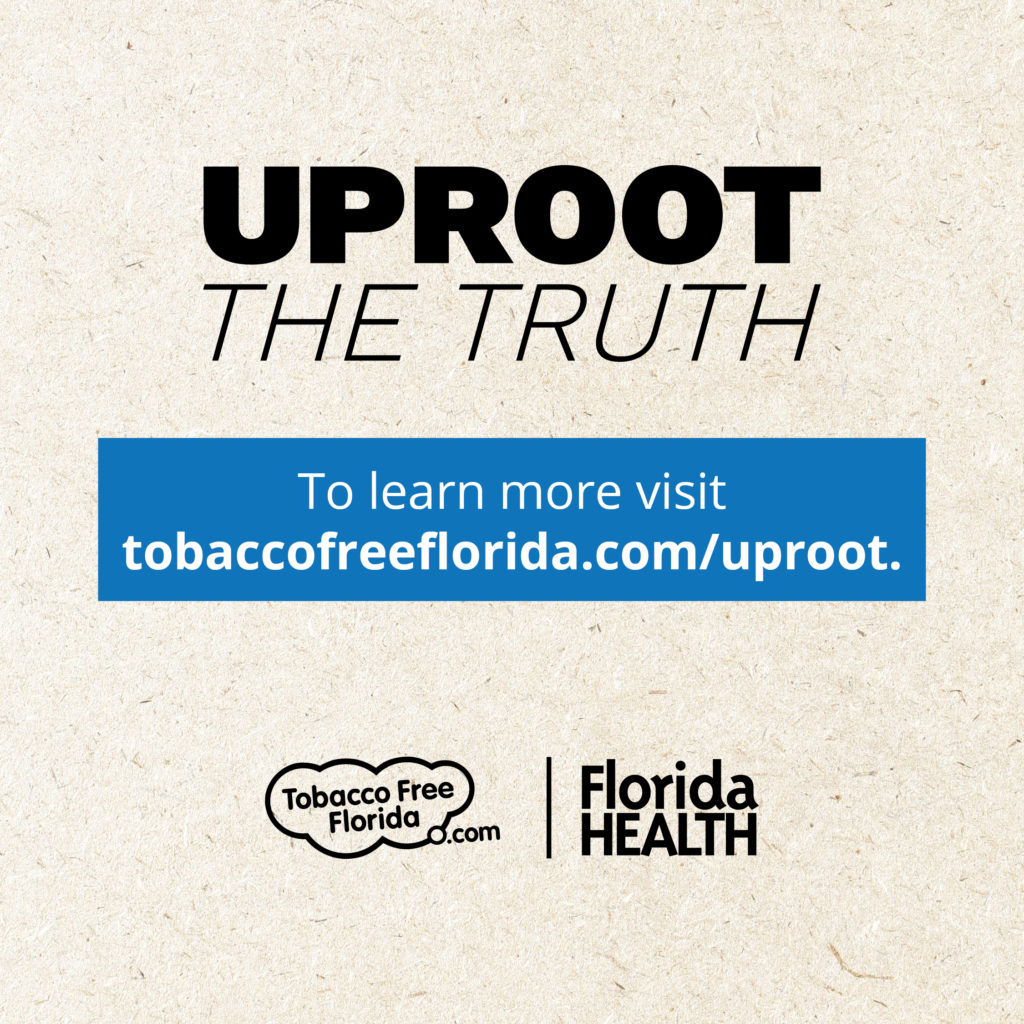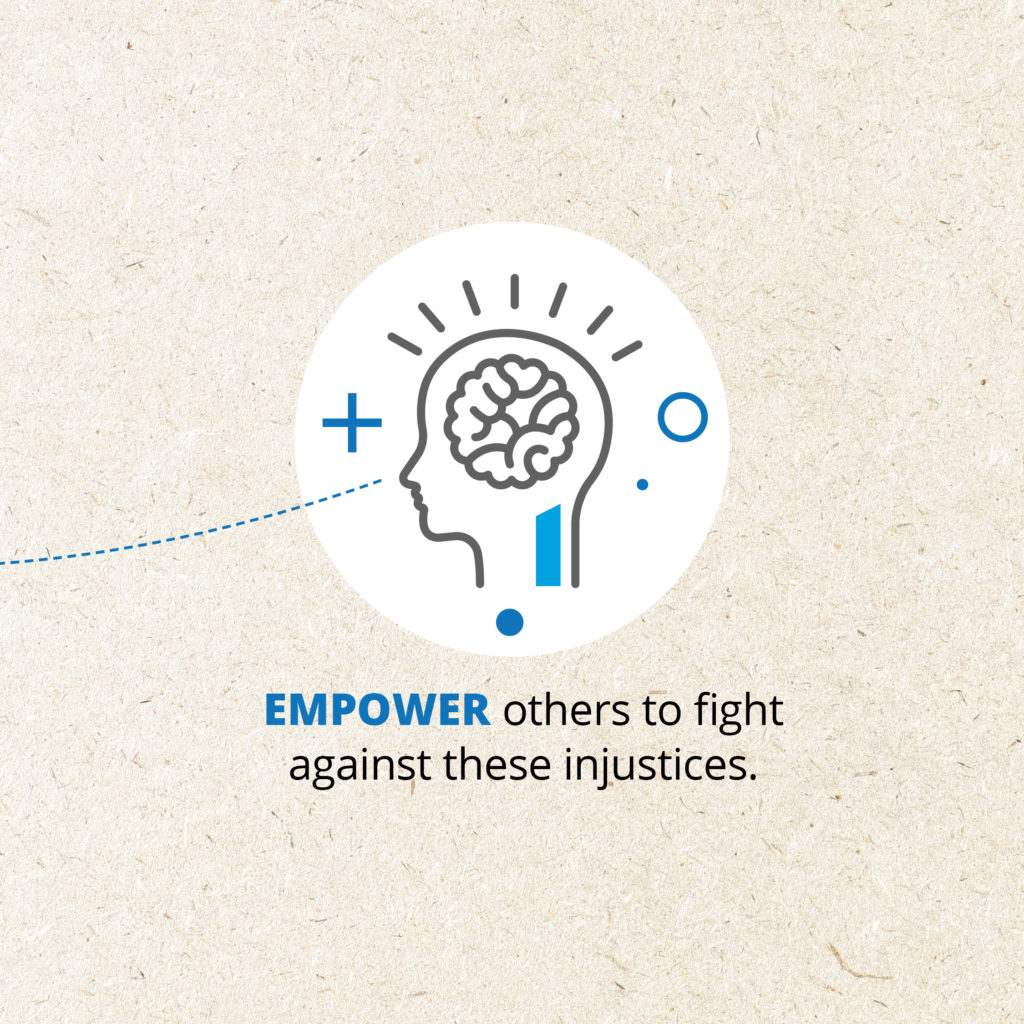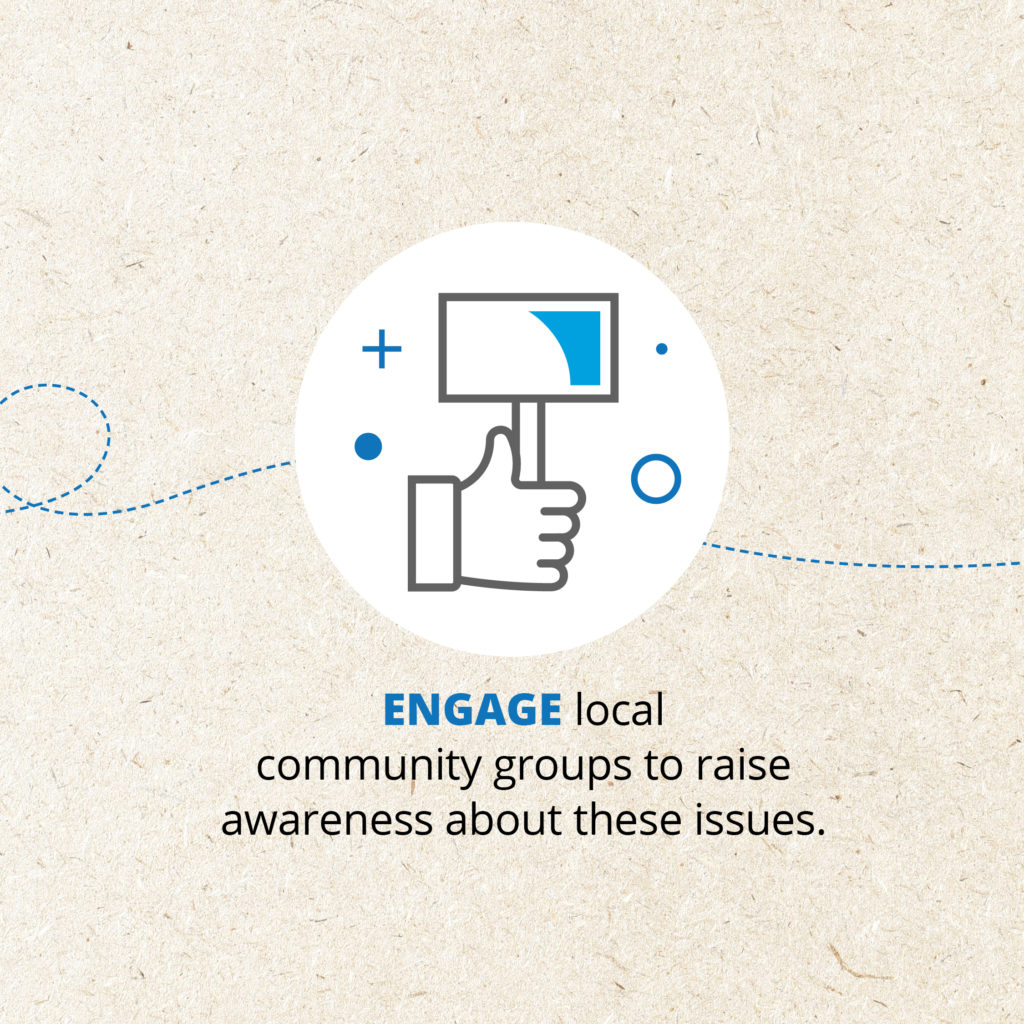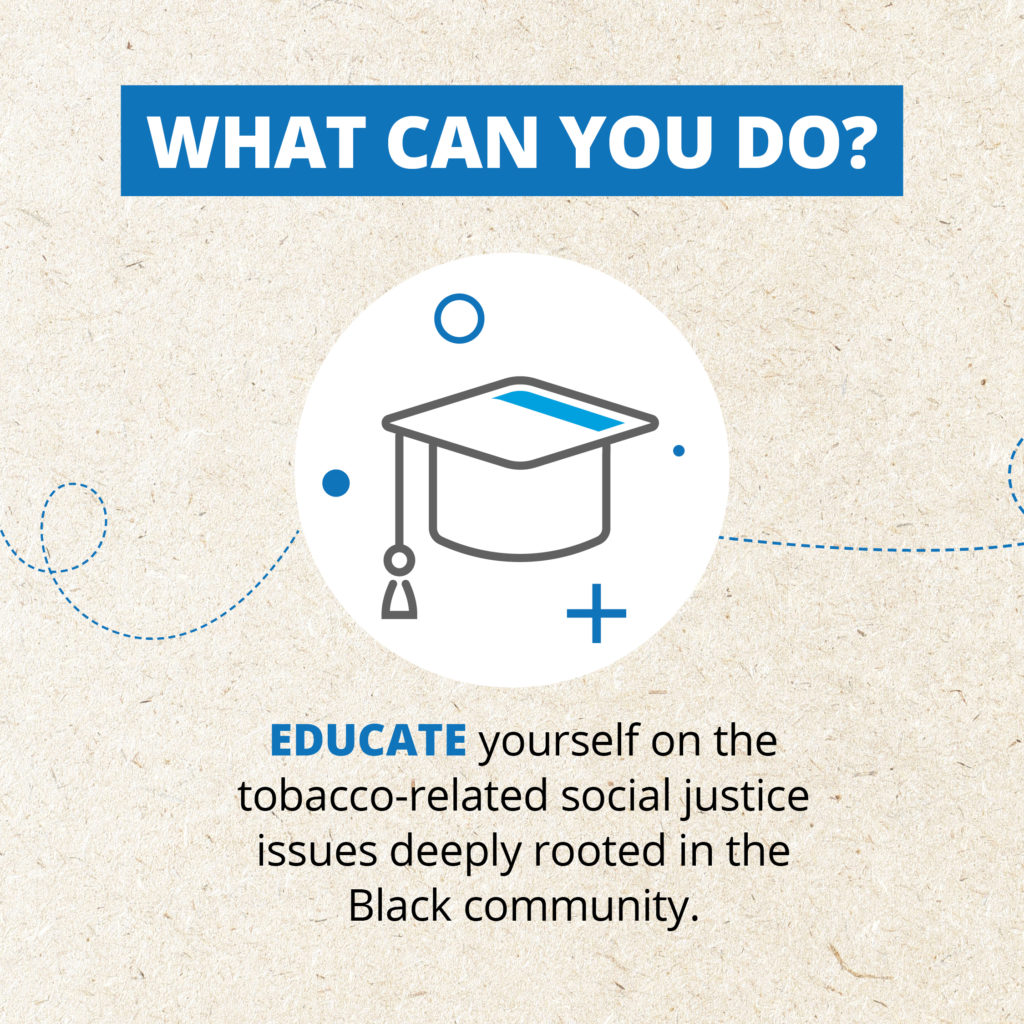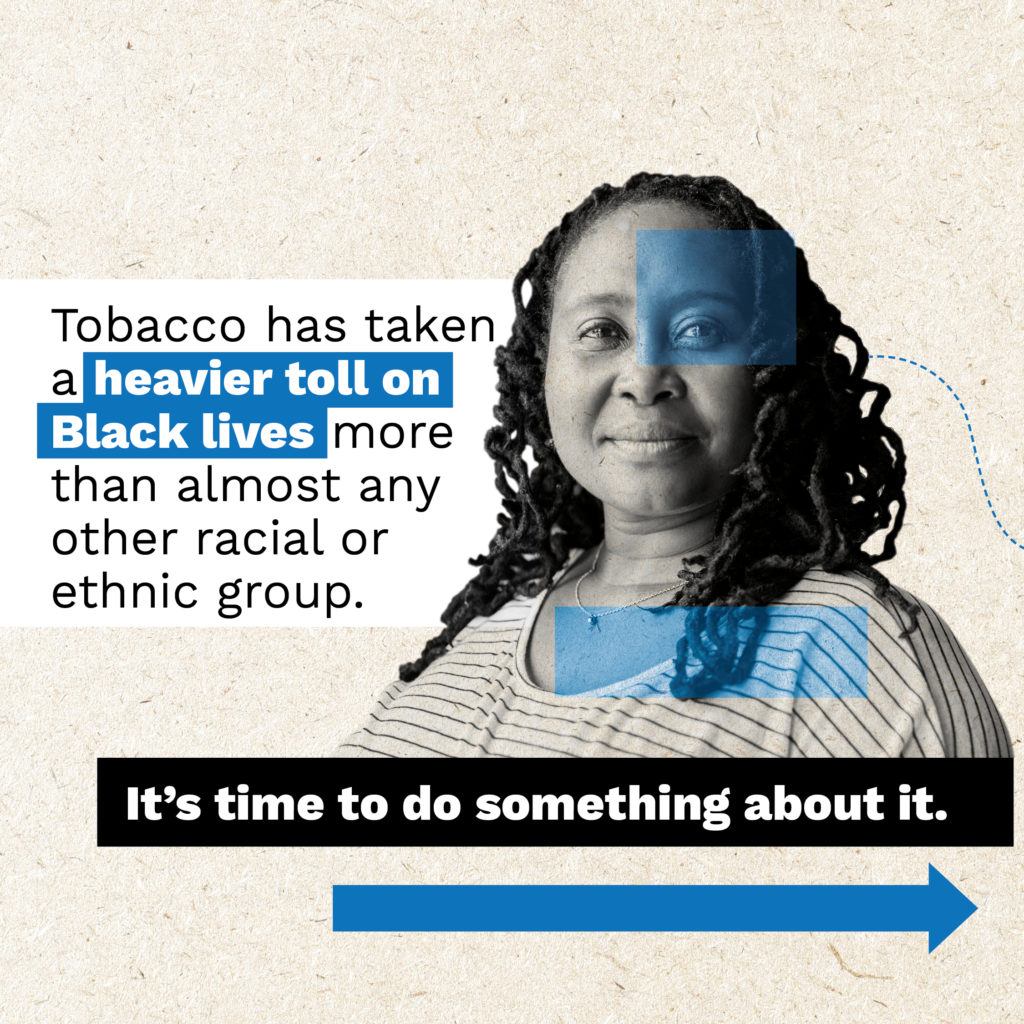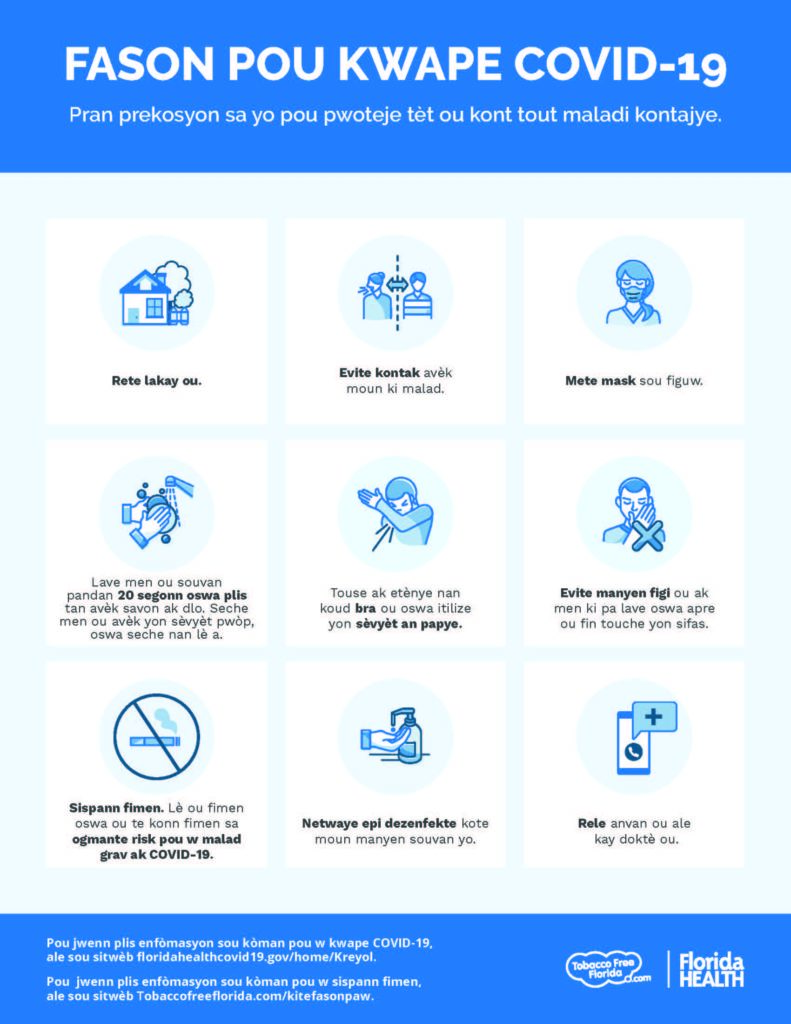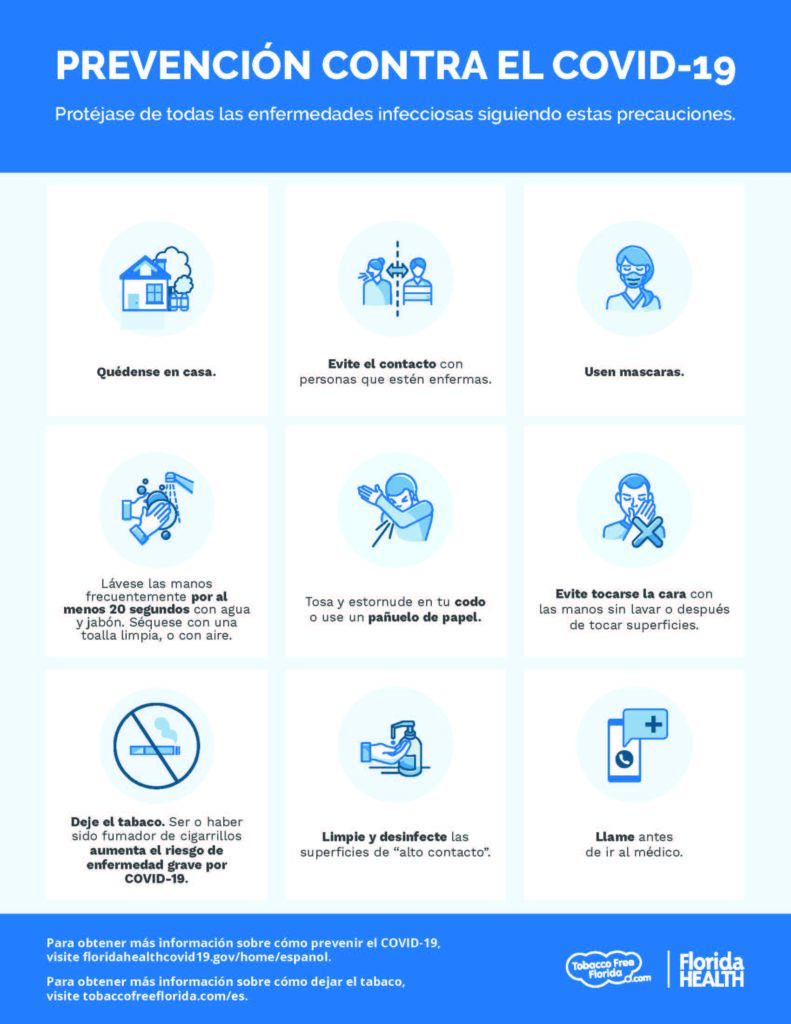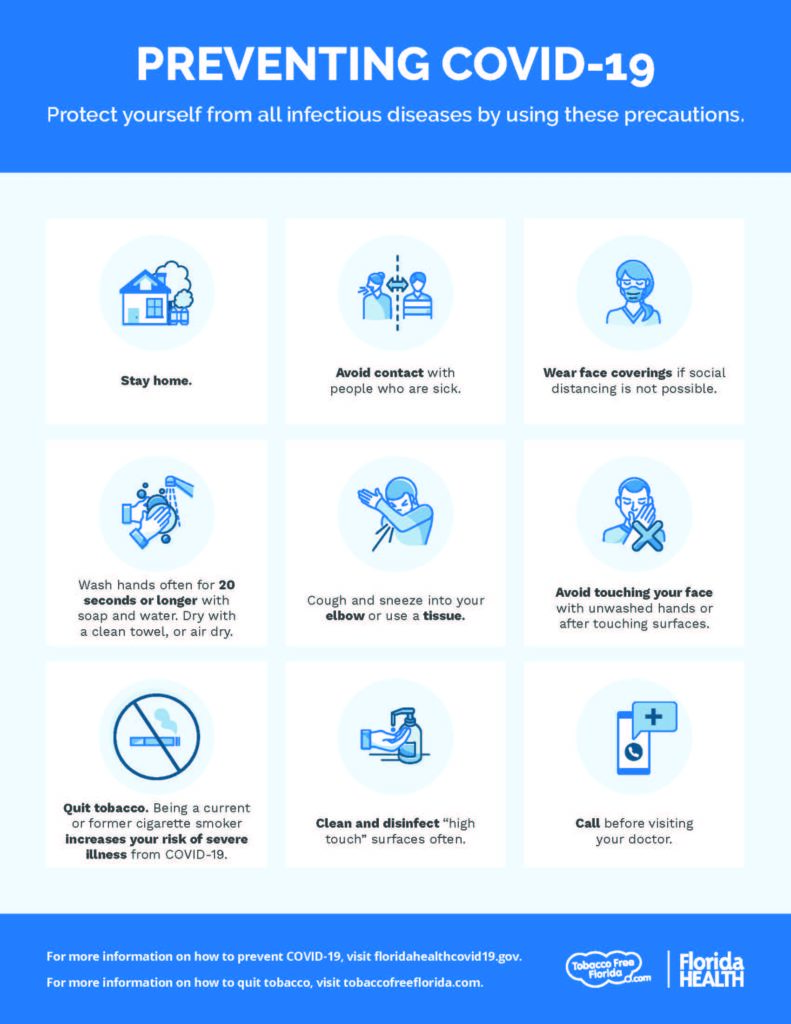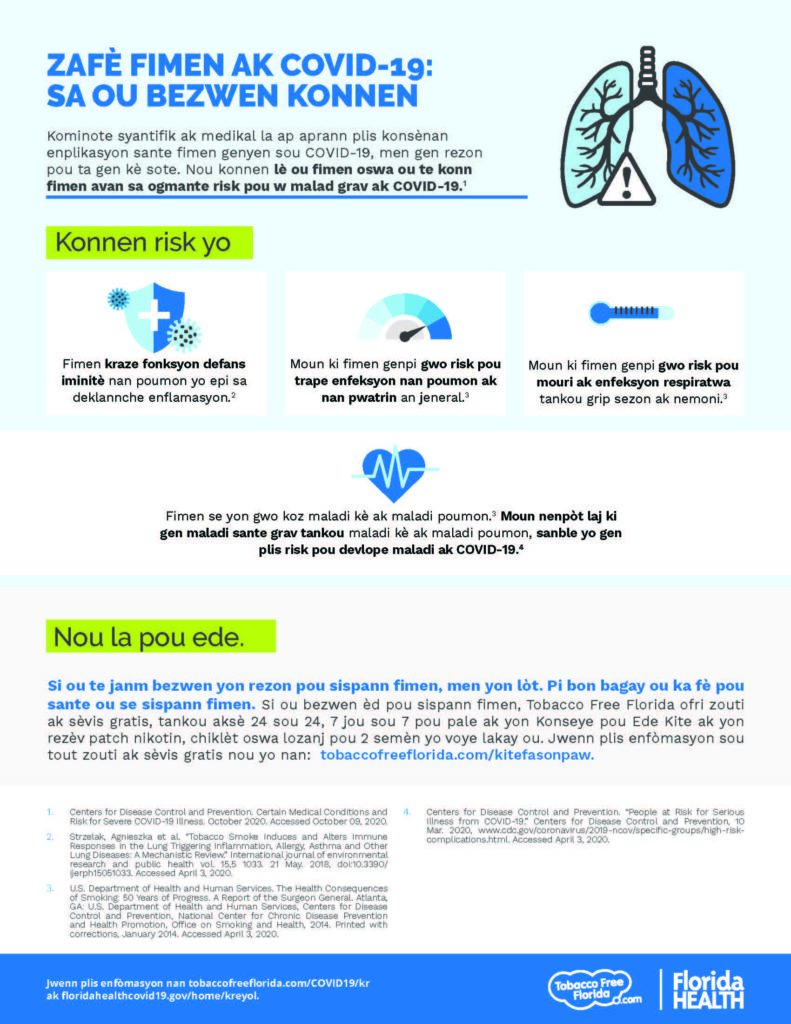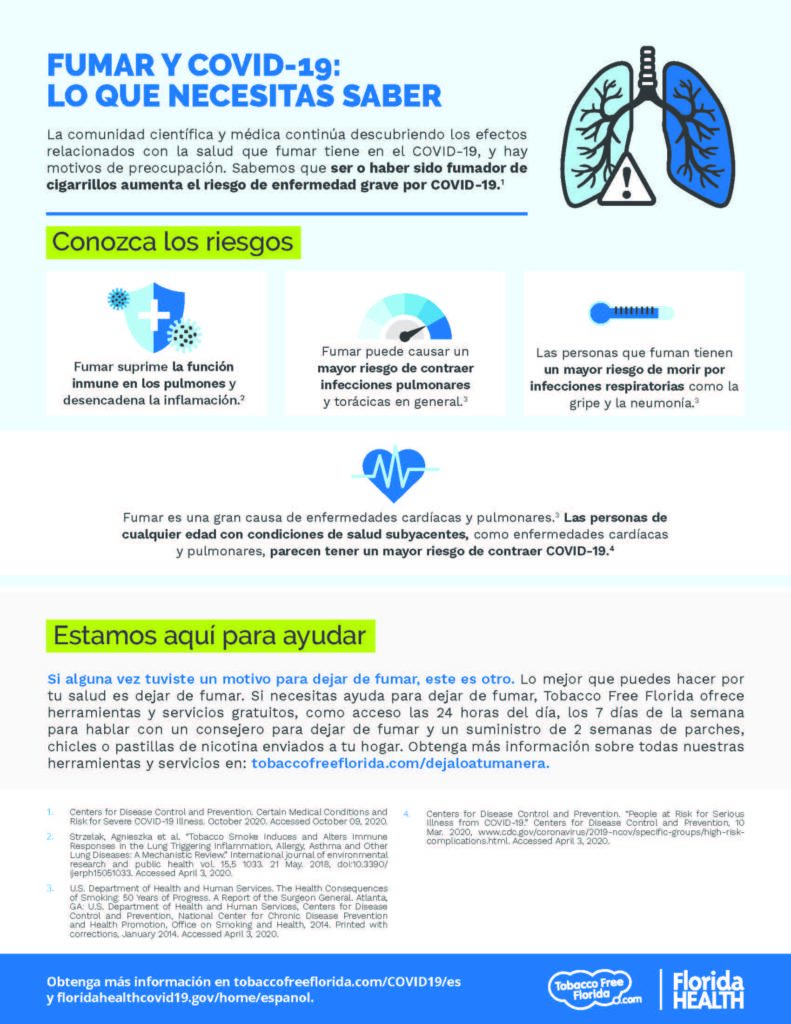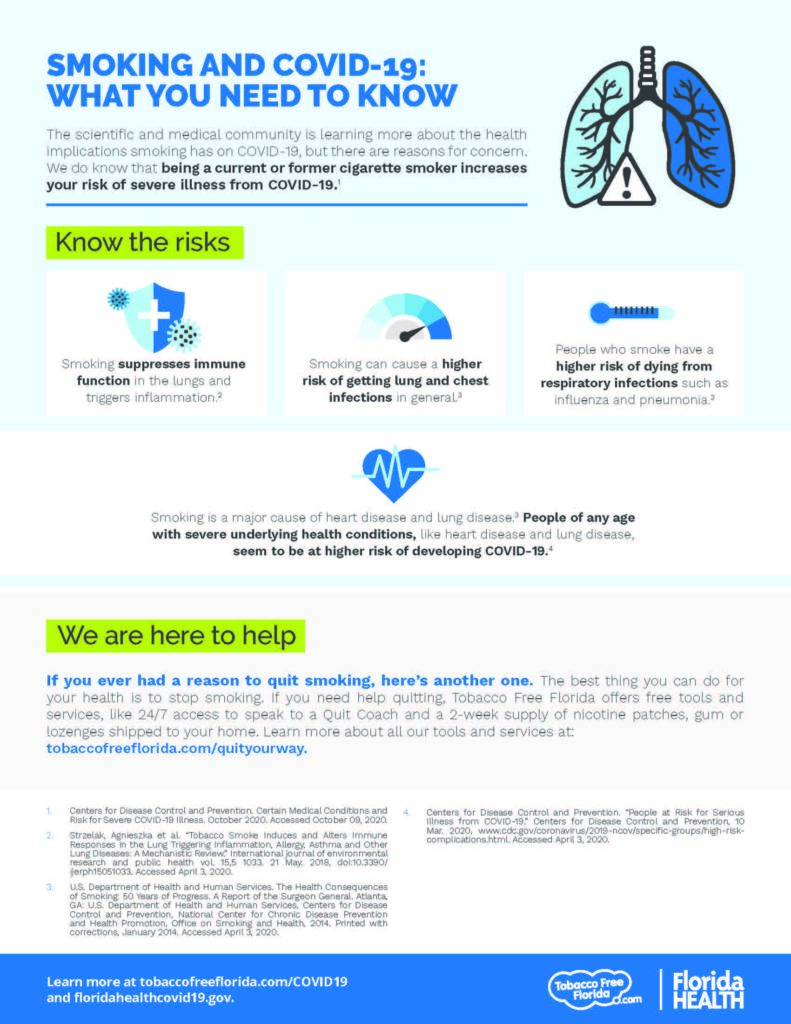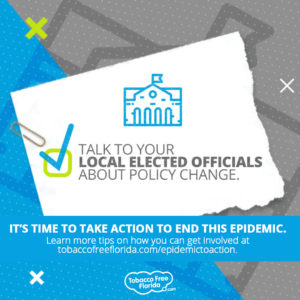Menthol Cigarettes
Menthol is found in mint plants and added to many products like creams and candy. However, none of these products are lighted or smoked when used. 1 Menthol reduces the harshness of tobacco smoke, suppresses coughing, and appeals to young or inexperienced smokers. 2, 3, 4 Current law prohibits the use of flavored cigarettes, except for menthol.
Although most cigarettes contain some menthol, certain brands use menthol in greater quantities as a characterizing flavor 5 and are therefore labeled as menthol. Menthol makes cigarettes easier to start and harder to quit. 6 This flavoring allows the lungs to expand further and allows more of the toxic and cancer-causing chemicals in cigarette smoke to be absorbed into the body, which can lead to addiction, disease, and death. 7, 8 Research also shows that menthol cigarettes may be more addictive than non-menthol cigarettes. 9
For years, the tobacco industry has heavily targeted minority communities through culturally tailored images and messages in their menthol cigarette advertising. 10, 11, And it works. It’s no surprise that certain populations smoke menthol cigarettes at higher rates, like LGBTQ+, racial and ethnic minorities, and those with mental illness. 12, 13, 14, 15, In fact, African-American cigarette smokers are nearly 11 times more likely to use menthol cigarettes than white smokers. 16
1 Smokefree.gov. “Know More About Menthol Cigarettes.” Bethesda (MD): U.S. Department of Health and Human Services, National Institutes of Health, National Cancer Institute. https://smokefree.gov/quit-smoking/ecigs-menthol-dip/menthol [cited 2019 Jul 11].
2 Tobacco Products Scientific Advisory Committee. Menthol Cigarettes and Public Health: Review of the Scientific Evidence and Recommendations. Rockville, MD: Center for Tobacco Products, Food and Drug Administration;2011.
3 Klausner K. Menthol cigarettes and smoking initiation: a tobacco industry perspective. Tobacco control. 2011;20 Suppl 2:ii12-19.
4 19 U.S. Department of Health and Human Services. Preventing tobacco use among youth and young adults: a report of the Surgeon General. Atlanta, GA: US Department of Health and Human Services, Centers for Disease Control and Prevention, National Center for Chronic Disease Prevention and Health Promotion, Office on Smoking and Health. 2012.
5 Ai J, Taylor KM, Lisko JG, Tran H, Watson CH, Holman MR. Menthol Content in US Marketed Cigarettes. Nicotine & tobacco research: official journal of the Society for Research on Nicotine and Tobacco. 2015.
6 U.S. Food and Drug Administration (FDA), Preliminary Scientific Evaluation of the Possible Public Health Effects of Menthol Versus Nonmenthol Cigarettes, July 2013 [cited 2019 Jul 11].
7 U.S. Department of Health and Human Services. Tobacco Use Among U.S. Racial/Ethnic Minority Groups—African Americans, American Indians and Alaska Natives, Asian Americans and Pacific Islanders, and Hispanics: A Report of the Surgeon General. Atlanta: U.S. Department of Health and Human Services, Centers for Disease Control and Prevention, Office on Smoking and Health, 1998 [cited 2019 Jul 11].
8 Ton HT, Smart AE, Aguilar BL, et al. Menthol enhances the desensitization of human alpha3beta4 nicotinic acetylcholine receptors. Mol Pharmacol 2015;88(2):256-64 [cited 2019 Jul 11].
9 Smokefree.gov. “Know More About Menthol Cigarettes.” Bethesda (MD): U.S. Department of Health and Human Services, National Institutes of Health, National Cancer Institute. https://smokefree.gov/quit-smoking/ecigs-menthol-dip/menthol [cited 2019 Jul 11].
10 National Cancer Institute. The Role of the Media in Promoting and Reducing Tobacco Use [PDF–6.50 MB]. Smoking and Tobacco Control Monograph No. 19, NIH Pub. No. 07-6242, June 2008 [cited 2019 Jul 11].
11 Gardiner PS. The African Americanization of Menthol Cigarette Use in the United States. Nicotine and Tobacco Research 2004; 6:Suppl 1:S55-65 [cited 2019 Jul 11].
12 Giovino GA, Villanti AC, Mowery PD, et al. Differential trends in cigarette smoking in the USA: is menthol slowing progress? Tobacco control. 2015;24(1):28-37.
13 Caraballo RS, Asman K. Epidemiology of menthol cigarette use in the United States. Tobacco induced diseases. 2011;9 Suppl 1:S1.
14 Rock VJ, Davis SP, Thorne SL, Asman KJ, Caraballo RS. Menthol cigarette use among racial and ethnic groups in the United States, 2004-2008. Nicotine & tobacco research: official journal of the Society for Research on Nicotine and Tobacco. 2010;12 Suppl 2:S117-124.
15 3 Hickman NJ, 3rd, Delucchi KL, Prochaska JJ. Menthol use among smokers with psychological distress: findings from the 2008 and 2009 National Survey on Drug Use and Health. Tobacco control. 2014;23(1):7-13.
16 Lawrence D, Rose A, Fagan P, Moolchan ET, Gibson JT, Backinger CL. National patterns and correlates of mentholated cigarette use in the United States. Addiction. 2010;105:13-31 [cited 2019 Jul 11].



